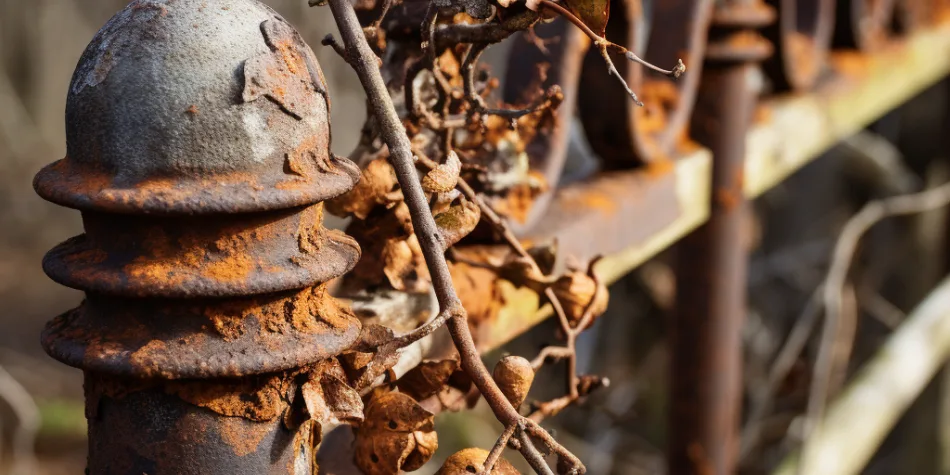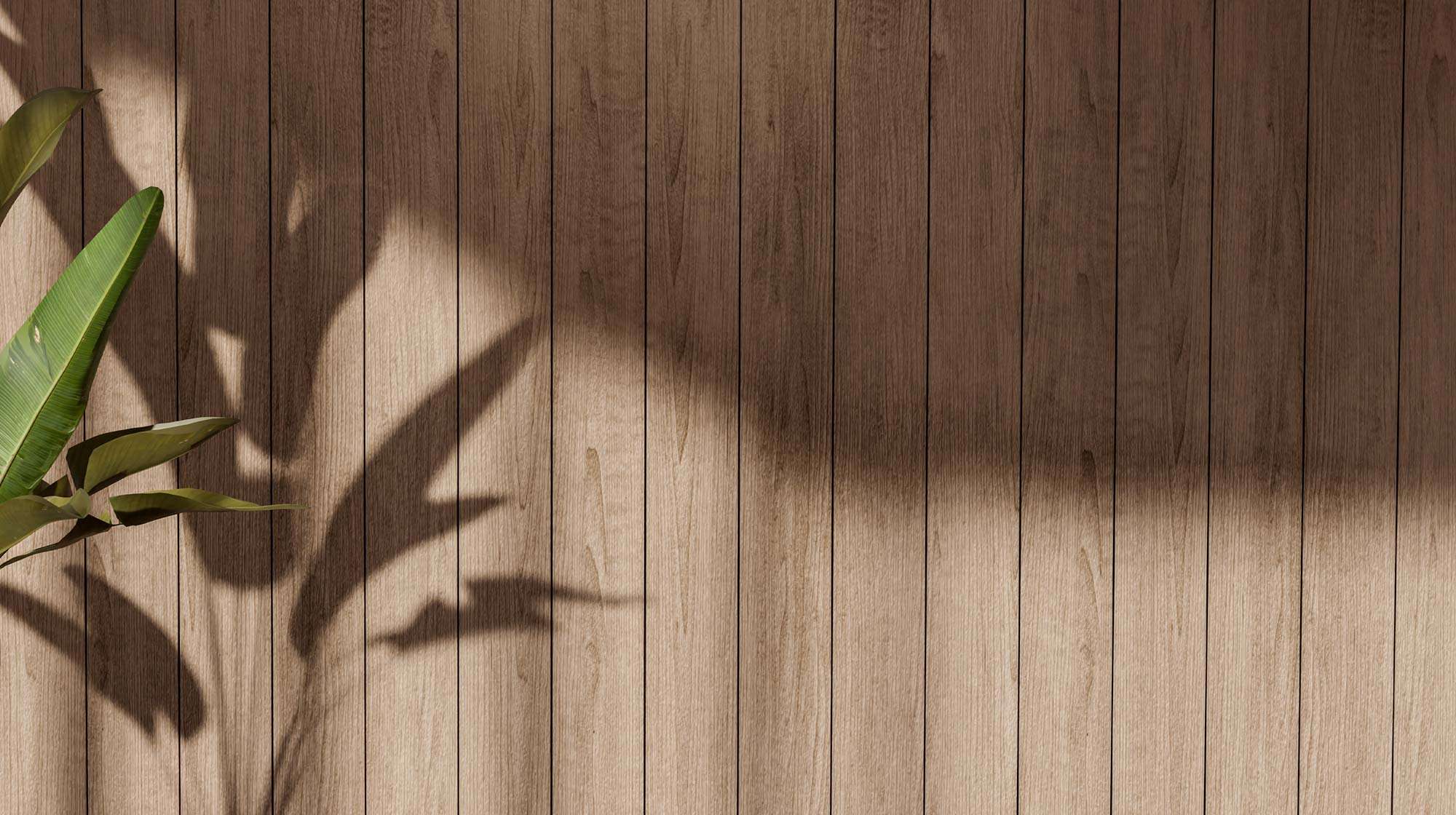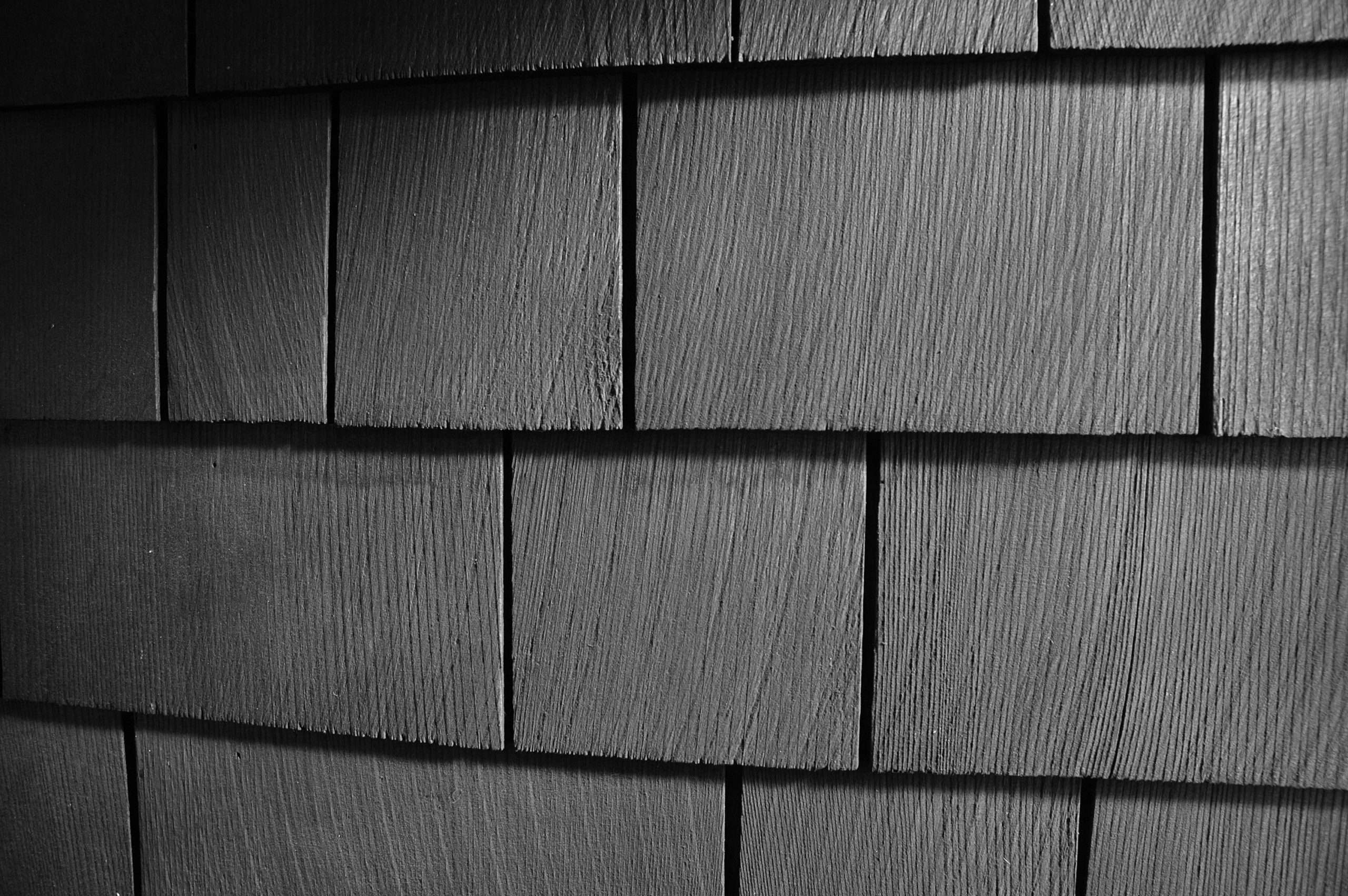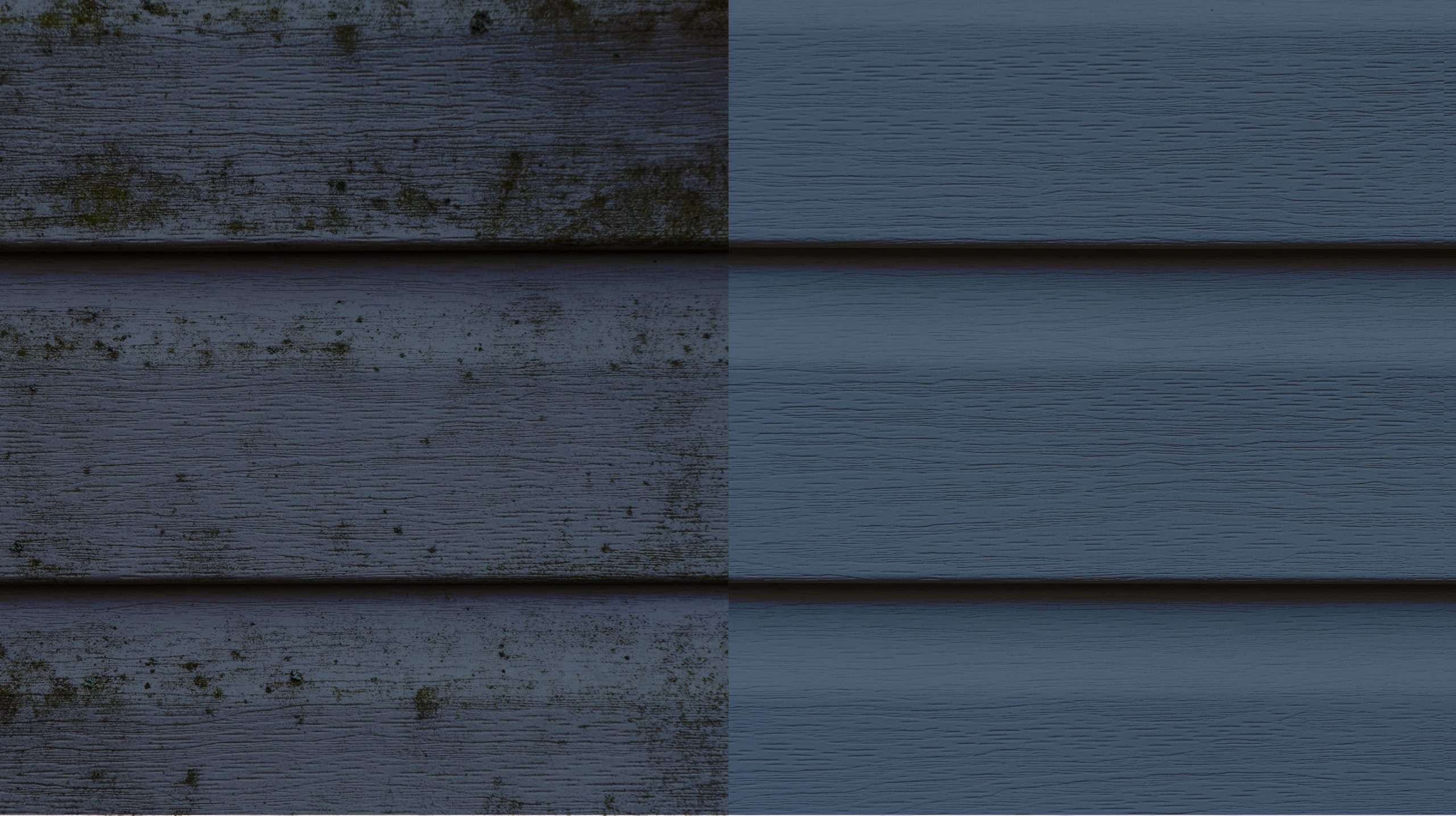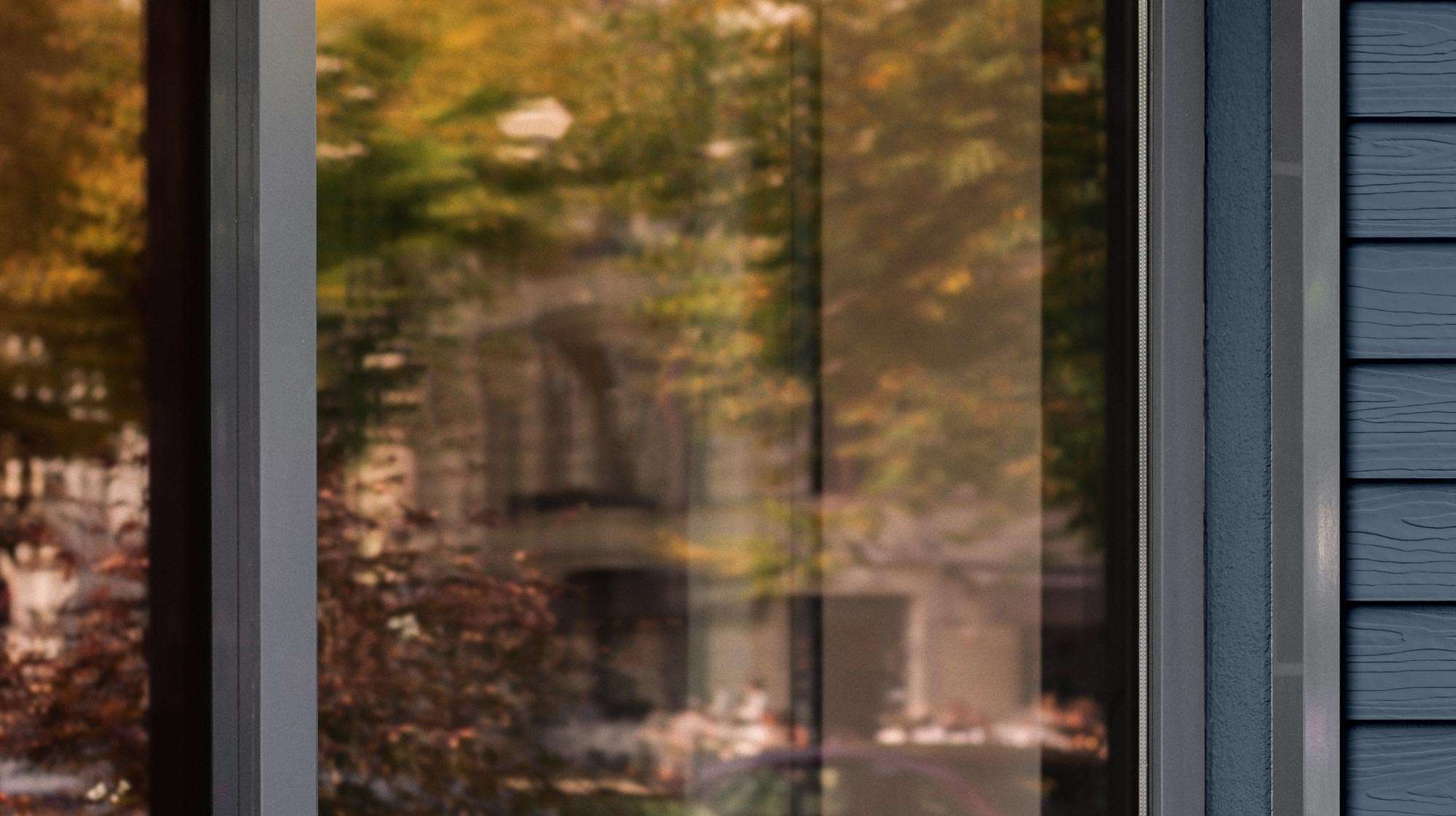Rust, the reddish-brown flaky coating often seen on exposed iron and steel, is not always a sign of neglect or age; it's a complex chemical process that can happen anywhere in the right conditions. Understanding the science behind rust is key to preventing a rustic display of reddish-brown markings on your home.
Table of Contents
- The Chemistry of Rust
- The Process of Rusting
- Environmental and Material Factors
- The Impact of Rust
- Prevention and Treatment
- Conclusion
The Chemistry of Rust
Rust is primarily iron oxide, a compound formed through a chemical reaction between iron, oxygen, and moisture. This process, known as oxidation, occurs when iron (or an iron alloy like steel) is exposed to oxygen and water or humidity. The chemical equation for the formation of rust can be written as:
4Fe+3O2+6H2O or 4Fe(OH)3
Here, Fe stands for iron, O2 is oxygen, and H2O represents water. The product, 4Fe(OH)3, is iron(III) hydroxide, which dehydrates to form iron(III) oxide, or rust.
The Process of Rusting
Rusting is an electrochemical process involving electron transfer. In the presence of water, iron acts as an anode, losing electrons, and oxygen acts as a cathode, gaining electrons. The presence of electrolytes in water, such as salt, accelerates this process, making rusting more severe in coastal and salty environments.
Environmental and Material Factors
The rate at which rusting occurs depends on several factors:
- Moisture: The rusting process is accelerated by ambient moisture, so here on the central coast, iron substrates are at a much greater risk for rusting at a faster rate.
- Temperature: Warmer temperatures generally accelerate chemical reactions, including rusting.
- pH Levels: Acidic conditions, such as sandy soil, similar to what you can find here on the central coast, can also speed up rusting.
- Presence of Pollutants: Chemicals like sulfur dioxide can further accelerate rusting, especially in industrial areas.
The Impact of Rust
Rust is not just a cosmetic issue; it can have serious implications:
- Structural Integrity: Rust can weaken metal structures, leading to failures in bridges, buildings, and vehicles.
- Economic Costs: The maintenance, repair, and replacement of rust-damaged materials involve significant costs.
- Safety Hazards: Rusty machinery or infrastructure can pose safety risks when humans come in contact with rust.
Prevention and Treatment
Understanding the science of rust leads to effective strategies for prevention and treatment:
- Coatings: Paints, galvanizing (coating with a layer of zinc), and other protective coatings can prevent rust by blocking moisture and oxygen.
- Alloying: Combining iron with other metals like chromium to produce stainless steel can significantly reduce rusting.
- Cathodic Protection: Used in pipelines and ship hulls, this technique involves attaching a more easily oxidized metal to act as a sacrificial anode.
- Regular Maintenance: Inspecting and maintaining metal structures can catch and address rust before it becomes a significant problem.
Conclusion
Rust is more than just an inevitable consequence of time; it's a fascinating chemical process with significant implications. By understanding the science behind rust, we can develop better ways to protect our homes, ensuring longevity and safety. At Rogall + Co. we understand that the central coast is the optimal environment for rust to develop. By partnering with Rogall + Co., we can provide insight into how to prevent and treat rust before it begins!
